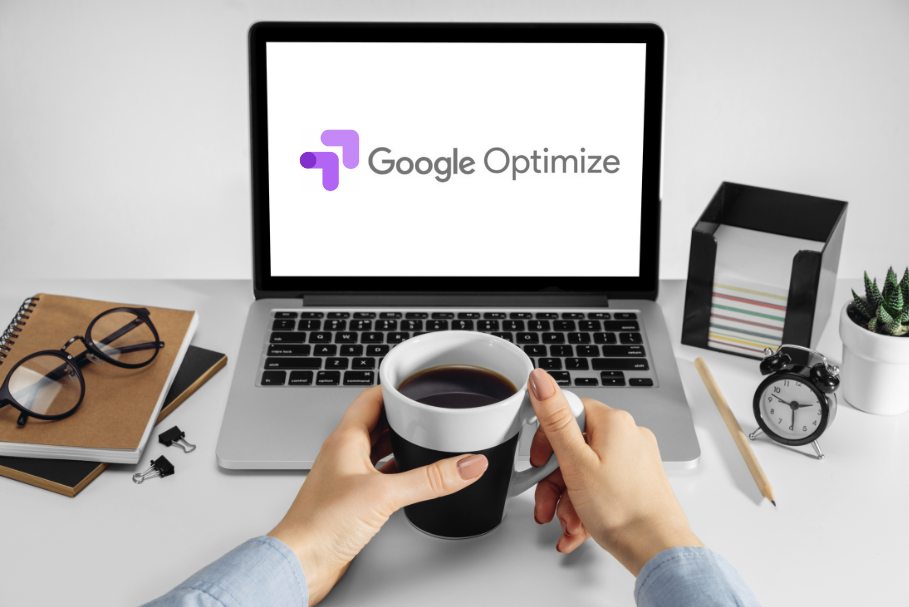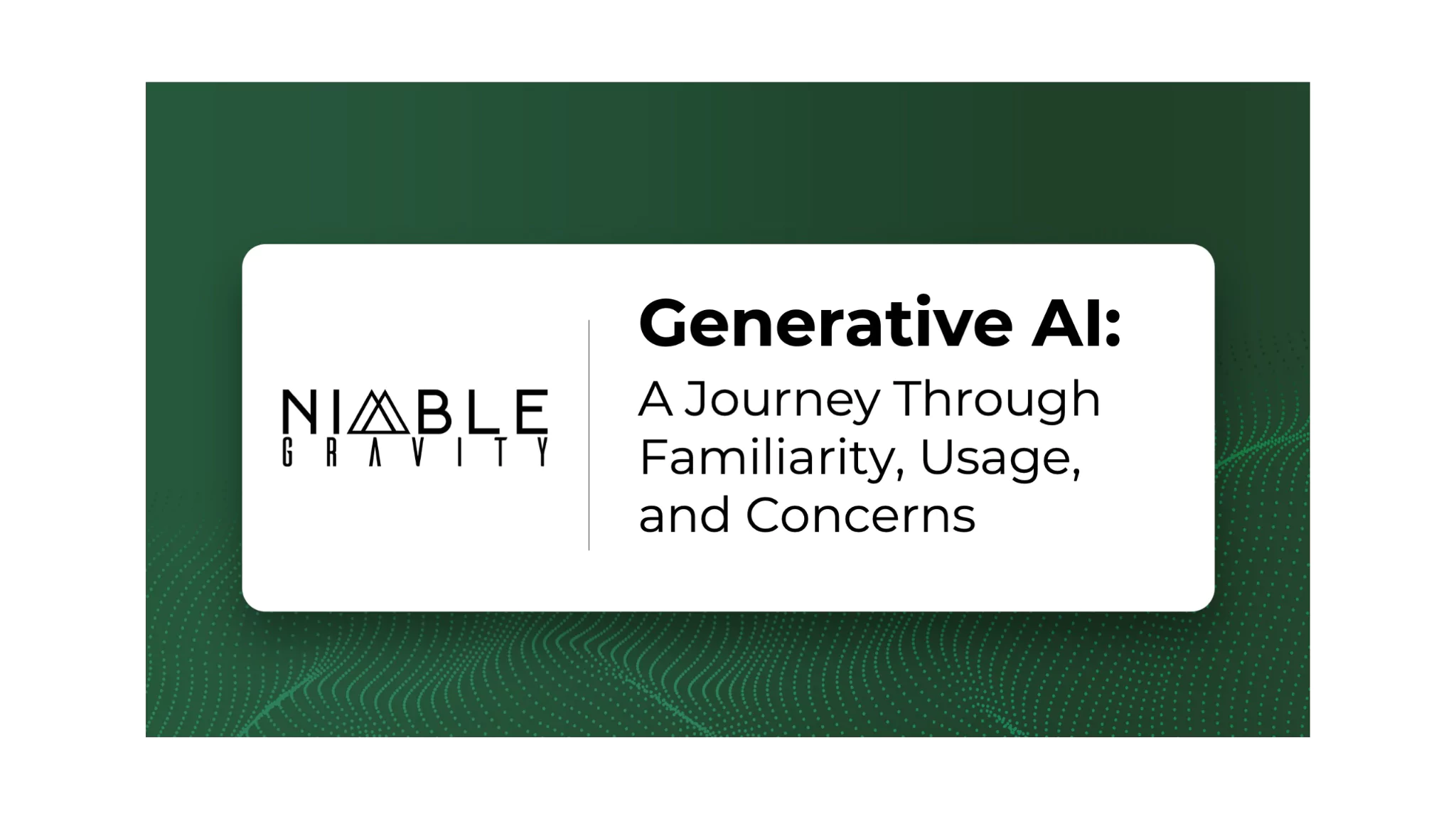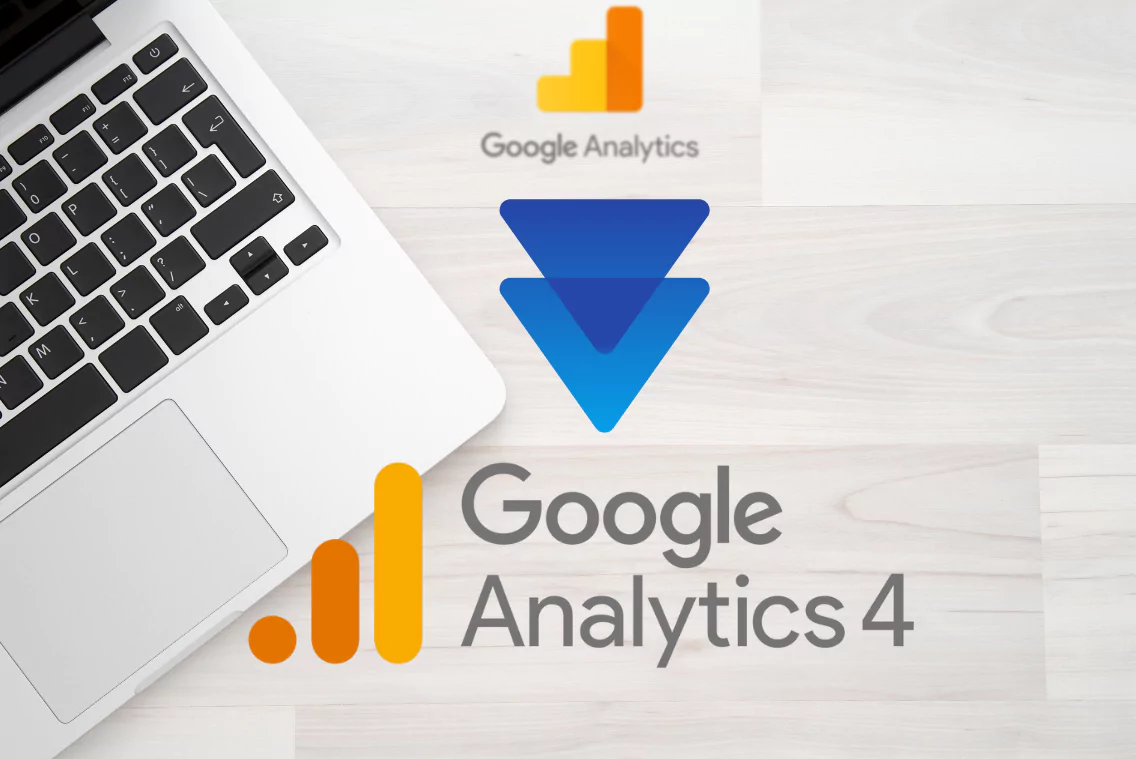Introduction
Many digital transformation projects are now using generative AI to accelerate their progress. Generative AI can certainly be used to automate business processes. It can also be used to improve customer engagement, rethink operations, and manage marketing, content, and data.
Demystifying Digital Transformation and Generative AI
Before we get into specific examples, let’s ensure we’re clear on the definitions of digital transformation and generative AI.
Digital Transformation is all about integrating digital technology into every area of a company. By doing this, a business can significantly change its operations and improve the value it delivers to its customers. To succeed, companies must embrace the idea of constant innovation and be willing to “fail fast.” Digital transformation is also more than simple technology upgrades, requiring a shift in mindset and culture. This shift makes businesses more nimble and creates a stronger focus on customer needs.
Generative AI is a type of artificial intelligence focused on the creation of new content and data. Gen AI tools can generate text, visuals, and code, simulating human creativity and strategic thought. Generative AI can drive rapid innovation and process automation. It can also streamline operations and improve customer experiences.
Now, let’s look at eight potential ways to use generative AI to improve a company’s digital transformation.
Eight Strategic Uses of Generative AI in Digital Transformation
- Tailored Customer Experiences through Generative AI
- AI-driven Personalization: Tailor online experiences that are unique to each visitor, such as website layout adjustments and personalized product recommendations. This will result in increased customer retention and increased conversion. Intellimize and Bloomreach are good examples of tools that use AI to personalize websites and product recommendations.
- Customized Communication: Automate and personalize customer interactions through chatbots, email, and other communication channels. This will save time, reduce support costs, and increase customer satisfaction metrics like NPS.
- AI-Enhanced Content and Design
- Automated Content Generation: Generate high-quality, relevant content for product descriptions, blogs, and marketing materials across channels.
- Creative AI Designs: Produce unique visual content, including images and product designs, that aligns with your brand guidelines and aesthetics.
- Data Analysis and Management with AI
- Improved Data Management: Structure and interpret large datasets, which can provide actionable insights to guide business decisions. The advanced data analysis feature of Open AI’s GPT-4 is a great example of this.
- AI-Optimized Marketing
- Targeted AI Campaigns: Use AI to create and manage marketing campaigns that resonate more strongly with specific audience segments.
- SEO Improvements with AI: Optimize your web content for search engines. This will improve your rank in search results and increase organic traffic to your site. Historically, tasks like monitoring for issues, tracking rankings, and other reporting tasks have been automated through tools like SEMRush, Ahrefs, or Moz. With the continued rise of generative AI, the realm of possible SEO automations continues to expand.
- Product Development Innovation using AI
- Rapid Prototyping: Shorten the product development lifecycle with AI-generated models, reducing time-to-market.
- Market Adaptation: Use AI to modify products based on consumer feedback and emerging market trends. This will result in improved product satisfaction and can be measured based on NPS and product ratings and reviews.
- Operational Excellence via Automation
- Automated Business Processes: Automate routine tasks, from inventory management to customer service, which will free up employees to focus on more strategic work.
- Cost Reduction Strategies: A by-product of automating rote business processes is reducing operating costs, creating the ability to redirect those funds to other initiatives.
- AI in Strategic Decision-Making
- Scenario Simulations: Use AI to simulate various business scenarios, helping leaders make informed, data-driven decisions. Tools like ChatGPT can be used to conduct Monte Carlo analyses to model the probability of different outcomes.
- Risk Assessment: Predict and mitigate potential risks in business operations and investments. Again, ChatGPT can conduct Fault Tree analyses which can proactively identify and mitigate potential failures.
- Enhanced Security with AI
- AI in Fraud Detection: Implement AI algorithms to identify and prevent fraudulent activities on your website or app in real time.
- AI-Powered Cybersecurity: Improve cybersecurity measures through AI-powered monitoring and threat detection systems, reducing the likelihood of security incidents.
Navigating the Risks and Ethical Considerations of Generative AI
Generative AI can be a transformative tool, but it comes with obvious risks. These risks include data privacy, biases in the algorithms, and the need to balance automation with human oversight. Companies must also consider the implications for workforce dynamics. Careful planning and constant evaluation are imperative to mitigate these risks.
Conclusion: Embracing a Generative AI-Driven Future
Incorporating generative AI into digital transformation projects offers multiple benefits. These include improved customer experiences and more efficient operations. Companies that want to evolve rapidly have immense potential for growth and increased competitive advantage. The adoption of these AI-driven strategies will not only streamline current operations but also open doors to new opportunities and markets.










.jpg)





